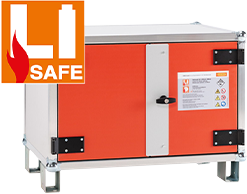Protect sufficiently without regulations
The easiest way would be to gather and write down the set of regulations relating to lithium batteries. But what if there are no existing regulations for battery storage? This is precisely the problem: there are no public regulations for the storage of lithium batteries. Nor is it foreseeable that these will be around in the near future. In the meantime, it is well known that lithium batteries can pose significant risks in handling, charging and storage and is also more than clear from the enormous number of incidents of damage.
Causes of fire
Six reasons why it always
damage occurs again.
Mechanical damage
Fall, crushing, water ingress
Overload
Incorrect installation, Battery Management System (BMS) fault, incorrect charger
Manufacturing fault
Quality defect, cheap components
Deep discharge during
Winter break, Overload, BMS fault
Incorrect application
Operating error, incorrect stockholding (no FIFO),
wrong charger
Thermal load
Overheating, Solar radiation, external heat source,
heat build-up
Our products
Battery cabinets and containers for storing, charging, transporting and collecting
Overview battery charging cabinet
Safe storage and handling
Damage or improper handling of lithium batteries is not harmless and can quickly have dramatic consequences. In addition to compliance with safety rules, we recommend the CEMO products specially developed for this purpose for safe storage.
Safety policy:
- Protection against short-circuit of the battery poles
- Protection against mechanical damage
- Proper professional disposal of damaged products
- No permanent, direct exposure to high temperatures
- Separate storage
- etc.
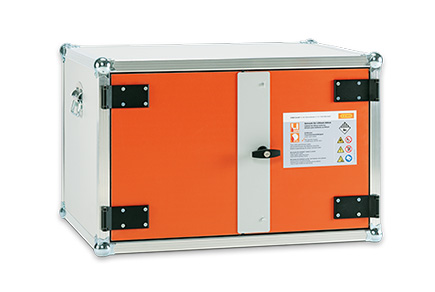
Battery charging cabinet 8/5
Also available as a storage cabinet
- charging multiple lithium batteries in the cabinet
- Early alerting in the event of damage
- all relevant safety rules for charging lithium batteries are adhered to
- ideal for separating batteries in charging process from the stored stock
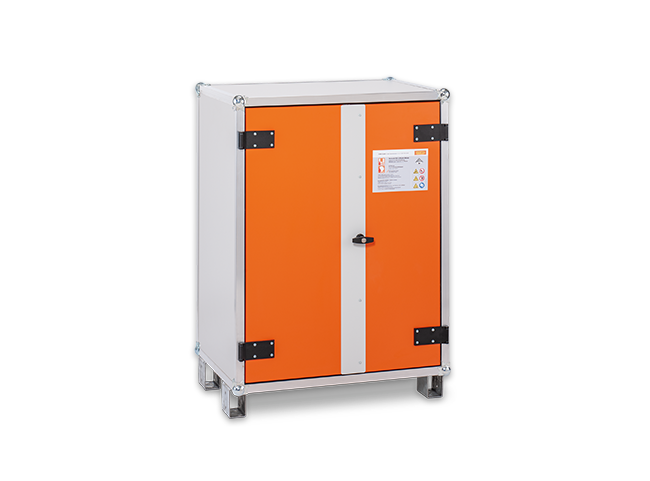
Battery charging cabinet 8/10
Also available as a storage cabinet
- 1 storage cabinet variant, 3 charging cabinet variants
- 3-phase charging cabinets are also available for higher power requirements
- Tested 60 minutes fire resistance from inside to outside
- External battery fire test with ebike batteries
- Safety features: e.g. smoke detector, fan, door contact switch
- Can be driven under as standard, making it mobile in the event of a fire
- All relevant safety rules for charging and storing lithium batteries are observed
- "Developed & Made in Germany" by CEMO
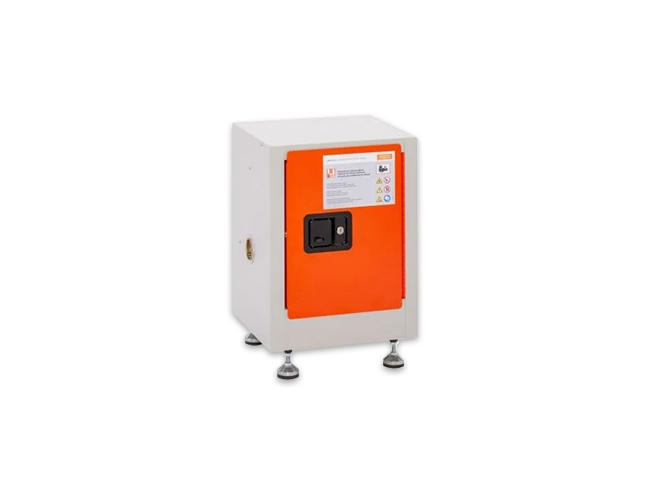
Battery storage cabinet FMplus
- 3 sizes available, e.g. for power tool batteries
- Double-walled, heat-insulating sheet steel construction
- Stable, lockable door lock (3-point system)
- For connection to exhaust air system for flue gases
- For storing low-power lithium batteries (cf. VdS 3103)
- Ideal as an entry-level solution for use in accordance with risk assessment
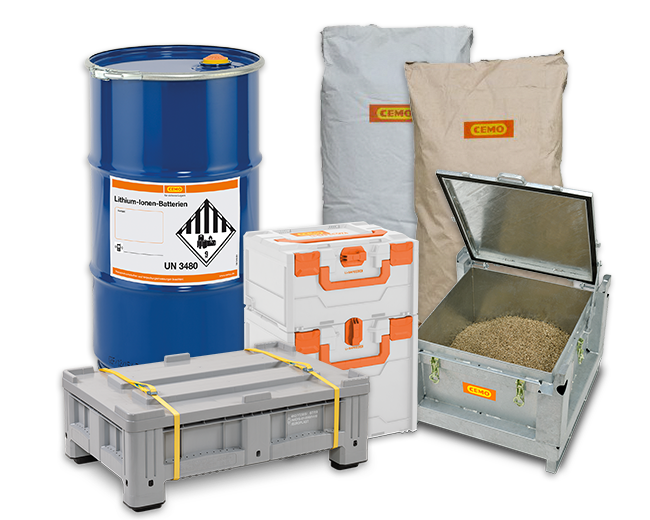
Overview battery case
For transport, storage and collection
Lithium batteries are officially classified as dangerous goods and are subject to some transport regulations. In most cases, therefore, tested and approved dangerous goods packaging must be used. Since this topic requires the appropriate know-how, CEMO has put together a selection of suitable products.
Questions that users often occupy with:
- Are the battery poles taped?
- What condition are the batteries in? (crucial for packing instruction)
- Is the focus on fire-protected storage or cheap but compliant transport?
- Where are the limits of the ADR craftsman regulation for lithium batteries?
- How can I separate conspicuous batteries if necessary?
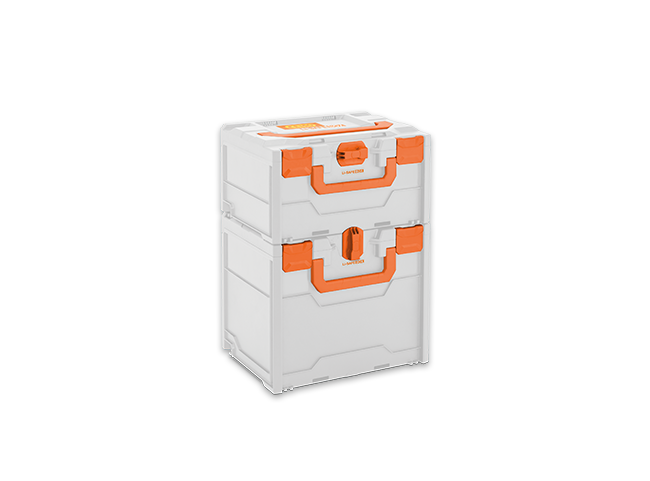
Battery system fire protection box Li-SAFE
Equipment:
- For transport & storage of e.g. power tool or garden tool batteries
- Impact-resistant plastic box with non-combustible fire protection lining
- High functionality & perfect handling for many applications
- UN-approved dangerous goods packaging (Y-coded / VG II)
- Battery fire test carried out externally with convincing results
Approved for: new/used lithium batteries (ADR SV230 in conjunction with P903), defective/damaged lithium batteries (ADR SV376 in conjunction with P908), lithium batteries for disposal/recycling (ADR SV377 in conjunction with P909), prototypes (ADR SV310 in conjunction with P910) , as well as small lithium batteries under 100 Wh (SV 188), craftsman regulation (ADR 1.1.3.1 c)
Product Information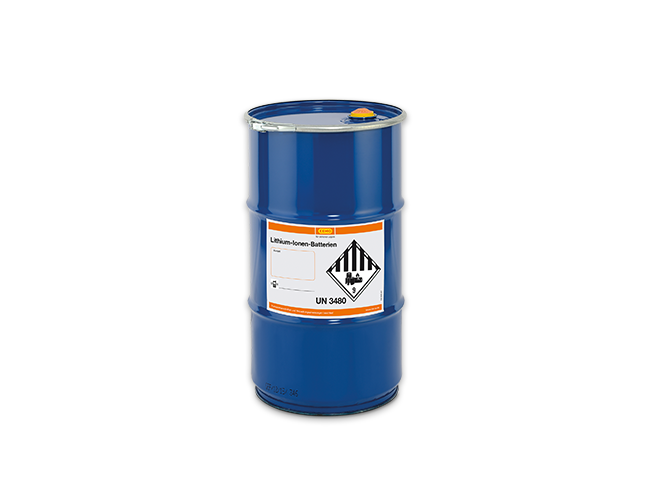
Battery safety barrel
Equipment:
- for storing, collecting and transporting
- Approval with explicit mention of lithium batteries
- 60 liter clamping ring lid barrel
- special valve for pressure relief in case of damage
- for using vermiculite as a buffer material
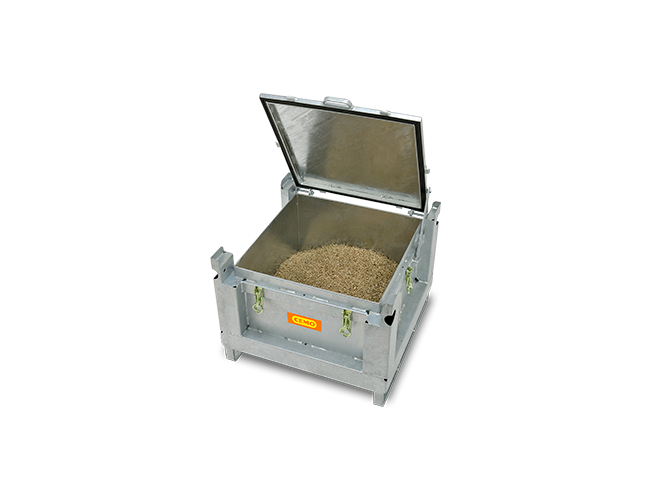
Battery steel collection container
Equipment:
- 120 liter capacity
- robust, hot-dip galvanized steel container
- stable buckles
- for use with vermiculite & expanded glass granulate
- wheelchair accessible, craneable and stackable
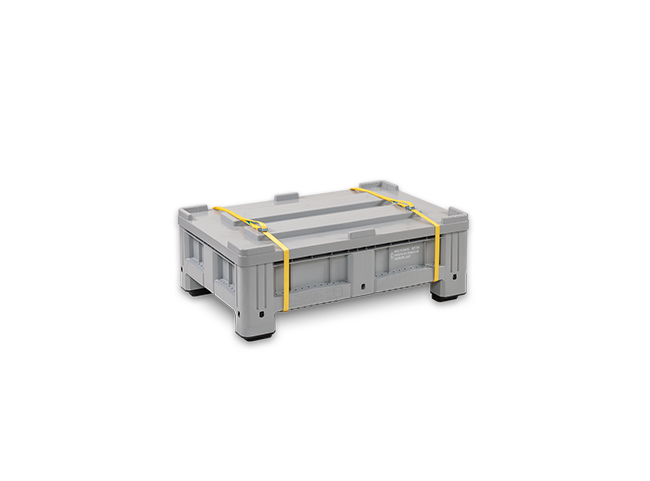
Plastic collection containers
Equipment:
- UN approved packaging with Y coding
- light weight
- for use with vermiculite & expanded glass granulate
- available in two sizes

Buffer material
Characteristics:
- Packaging recommendation for battery steel collection containers and plastic collection containers
- Classified as non-flammable
- High thermal insulation
- Absorbent in case of electrolyte leakage
Vermiculite
- Available in 4.5 kg bags (approx. 50 litres)
- Standard as a buffer material in dangerous goods packaging
Expanded glass granulate
- Available in 12.5 kg bags (approx. 55 litres)
- Especially suitable for burning lithium batteries, forms a shielding layer

Information
Storage regulations
There are currently no public regulations for the storage of lithium batteries. However this is never to be understood as a "licence to do nothing".
According to the regulation REACH (Registration, Evaluation, Authorisation and Restriction of Chemicals) Lithium batteries are “products” and therefore by definition not “hazardous substances”. However, everyone would agree: lithium batteries within a business should be treated and stored as a hazardous substance.
The performance classification of lithium batteries has a significant impact on the storage of lithium batteries: low, medium and high performance. Insurance companies have written recommendations which are considered to be equivalent to regulations, and equally binding.
Product Information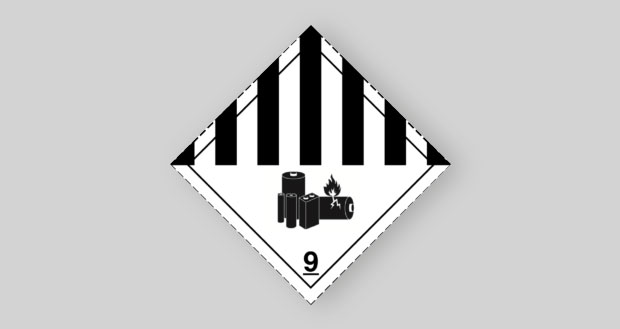
Information
Transport regulations
Lithium batteries have been officially classified as Class 9 Dangerous Goods (various hazardous substances and objects) since 2009. And that's a good thing!
The legislator has created a special provision for small lithium batteries (<100Wh) by special regulation 188 in the ADR for example power banks, mobile phones or laptop batteries. Their transport does not fall under certain conditions under the considerably more complicated transport of dangerous goods of larger batteries.
Product Information

Important Regulations and Rules
- Warehouse Regulations
- Transport Regulations
- General Safety Rules
- Specific Safety Rules
- Risk Assessment
- Fire Safety

Sustainability and appreciation
Gain a little insight into our everyday family work and learn more about sustainability and appreciation at CEMO.


